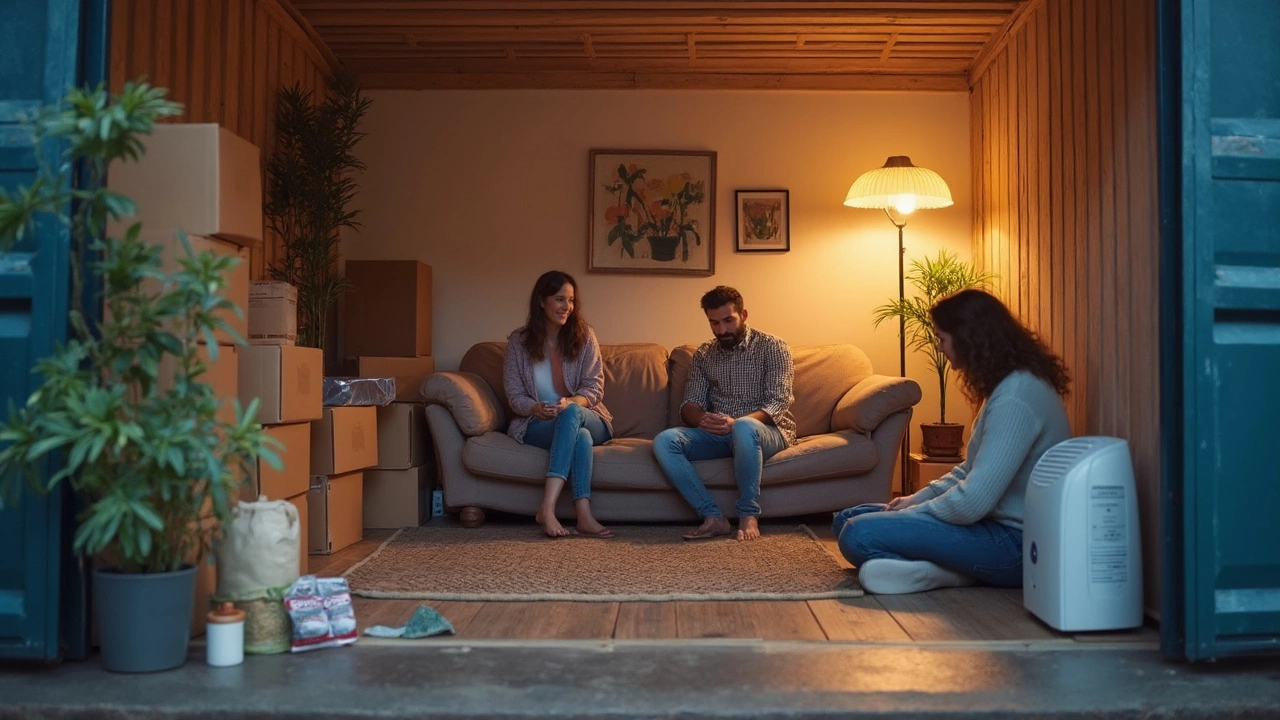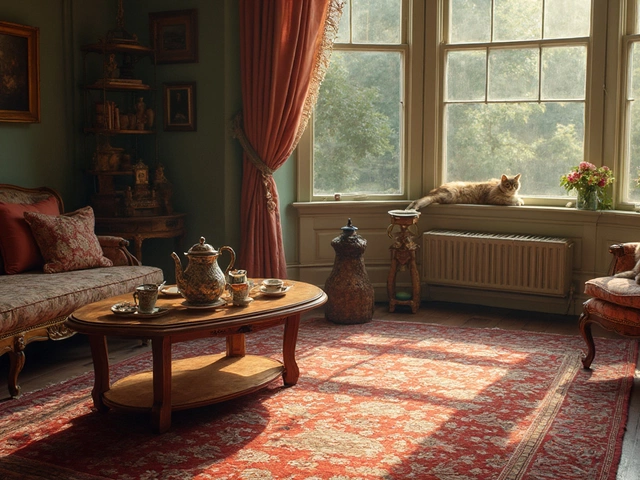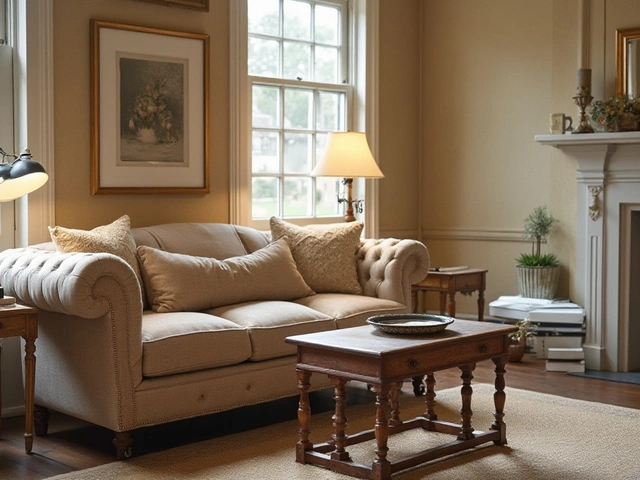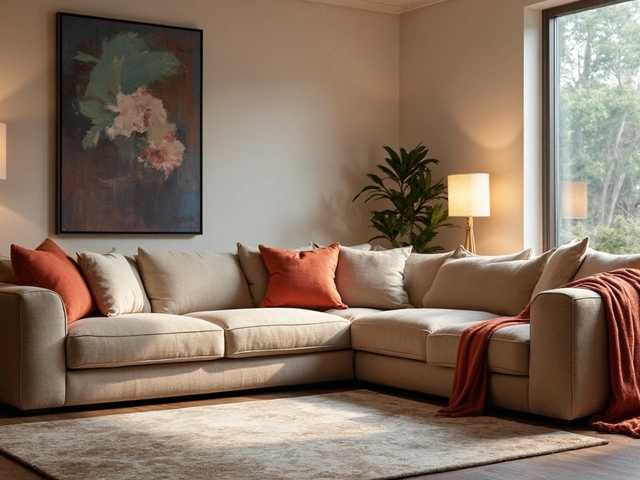
Do Couches Get Moldy in Storage? Here’s What Really Happens
Ever wonder if your couch can get moldy in storage? This article dives into why it happens, what triggers mold growth, and how to keep your favorite furniture safe. Learn what really happens when couches are stored away, get some surprising facts, and pick up practical steps to prevent mold before it starts. Worried about that musty smell? Get the details on handling trouble spots fast. Don’t risk it—find out how to protect your sofa investment.

Disadvantages of Sleeping on a Couch: What You Need to Know
Sleeping on a couch might sound convenient, but it comes with its own set of issues. This article digs into the physical discomfort, potential health risks, and maintenance problems tied to regular couch sleeping. You’ll get the facts you need to weigh the trade-offs and some smart tips for safer, better sleep. Find out why a night on the sofa often leaves you achy or restless. If you’re using your couch as a bed, there are things you should know.

How to Protect Furniture from Mold in Storage
Worried about your furniture getting moldy while in storage? Mold is sneaky and can ruin good couches, tables, and mattresses before you know it. This guide explains why mold grows, how to recognize early warning signs, and what you can do right now to keep your stuff safe. It covers smart packing, choosing the right storage unit, and everyday items you can use to stop mold from showing up. No fluff—just real tips to protect your furniture until you need it again.




